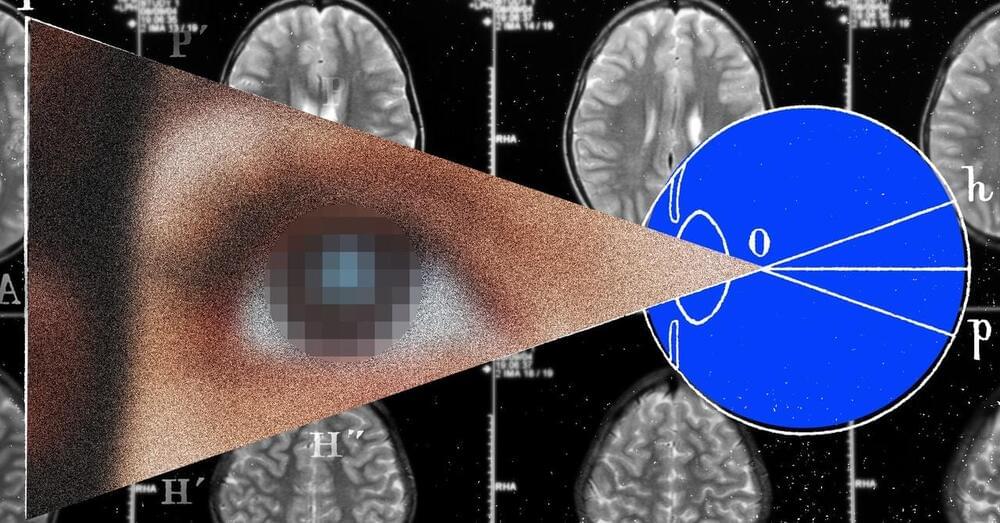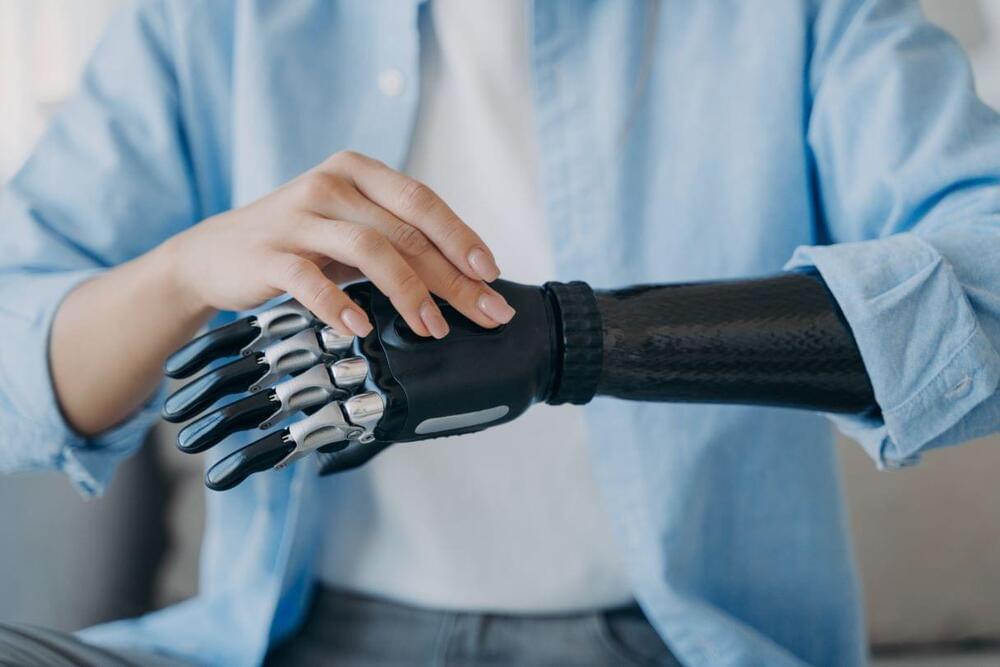Creating robots to safely aid disaster victims is one challenge; executing flexible robot control that takes advantage of the material’s softness is another. The use of pliable soft materials to collaborate with humans and work in disaster areas has drawn much recent attention. However, controlling soft dynamics for practical applications has remained a significant challenge.
In collaboration with the University of Tokyo and Bridgestone Corporation, Kyoto University has now developed a method to control pneumatic artificial muscles, which are soft robotic actuators. Rich dynamics of these drive components can be exploited as a computational resource.
Artificial muscles control rich soft component dynamics by using them as a computational resource. (Image: MEDICAL FIG.)






